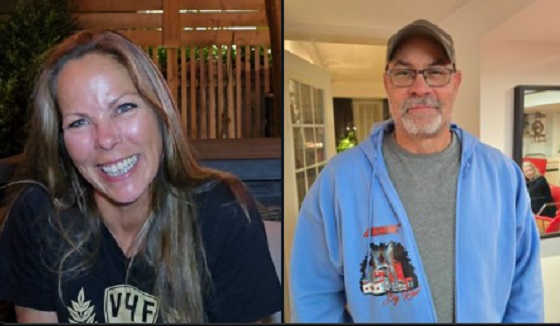Opinion
Charity Campaigns vs. Charity Donations

Over the past few years, I’ve had canvassers coming to my home in Toronto on behalf of a wide range of non-profits – including hospitals and mental health and homeless support organizations. The fundraisers all “wear” a noticeable post secondary student vibe. That’s hardly news.
But curiously, no matter what they’re collecting for, every last one of them uses the exact same methodology. That is, they refuse to take a one-time donation, instead insisting I sign up for six (not seven, and definitely not five) monthly payments. They don’t want me donating online through the organization’s website (explaining that they wouldn’t get credit for that). They do expect me to enter my basic information on a high-end tablet they’re carrying. When that’s done, they’ll use their smartphones to make a call to a remote agent who would take my financial information.
I only completed the process once – for the Hospital for Sick Children (SickKids) in Toronto. But that was mostly because, at the time, they were in the middle of quite literally saving my granddaughter’s life. I couldn’t very well say no.
Because of the paranoia that comes with my background in IT systems administration, I generally don’t participate, explaining that I never share financial information on a call I didn’t initiate. At the same time, these campaigns are not fraudulent and, with the possible exception of UNICEF, they all represent legitimate organizations. Nevertheless, they all come with the clear fingerprints of a third-party, for-profit company. Which makes me curious.
After a little digging, it became clear that a company called Globalfaces Direct was the most likely employer of the face-to-face (F2F) canvassers I’m seeing. It’s also obvious that those canvassers are paid at least partially through revenue-based commissions.
Estimating how much of your donations are actually used for charitable work can be difficult. For once thing, in the case of SickKids, it’s not even clear which organization the money is going to. There at least three related non-profit accounts registered with CRA: The Hospital for Sick Children, The Hospital for Sick Children Foundation, and the SickKids Charitable Giving Fund.
But even where there isn’t such ambiguity we have only limited visibility into an organization’s finances. Covenant House, for instance, issued receipts for $26 million in donations for 2024, but there’s no way to know how much of that came through Globalfaces Direct F2F campaigns. And there’s certainly no public record indicating how much of that $26 million was spent on commissions and overhead. CRA filings for Covenant House do report fundraising costs of $9.4 million in 2024, which was 22 percent of their total spending and 32 percent of all donations.
It’s likely that their $9.4 million in fundraising costs includes Globalfaces Direct’s canvasser commissions and overhead costs. But those are only some of the costs – which likely include events, direct mail, and other in-house efforts. In fact, it’s not unreasonable to assume that only 20-30 percent of each dollar raised through F2F canvassing is actually spent on charity work.
From the perspective of the non-profit, hiring F2F companies can generate new sources of stable, long-term income that would have been otherwise unattainable. Especially if the F2F agreement specifies withholding a percentage of what’s collected rather than charging a flat fee, then a non-profit has nothing to lose. Why wouldn’t SickKids or Covenant House sign up for that?
Of course, a lot of that will depend on how you think about the numbers. Taken as a whole, an organization that spends just 32 percent of their donations on fundraising activities is well within CRA guidelines: “Fundraising is acceptable unless it is a purpose of the charity (a collateral non-charitable purpose).” But if we just looked at the money raised through a F2F campaign, that percentage would likely be a lot higher.
Similarly, CRA also expects that: “Fundraising is acceptable unless it delivers a more than incidental private benefit.” In other words, if a private company like Globalfaces Direct were to realize financial gain that’s “more than incidental”, it might fail to meet CRA guidelines.
Unfortunately, there’s no easy way for donors to assess the numbers on those terms. So regular people who prefer to direct as much of their donation as possible to the actual cause will generally be far better off donating through an institution’s website or, even better, through a single CRA-friendly aggregator like CanadaHelps.org.
But it would be nice if CRA reporting rules clearly broke those numbers down so we could judge for ourselves.
C2C Journal
Charlie Kirk and the Fragility of Civic Peace

The brutal assassination of Charlie Kirk was shocking not only for its violence but for the chilling aftermath – the revelling on the left, the mendacious reporting, and the calls for more political violence.
Kirk embodied a conversational politics now rare. As founder of Turning Point USA, he brought millions of young people to conservatism by touring campuses and inviting critics – not just supporters – to the microphone. He strode into the lion’s den of higher education, taking hostile questions with civility, good humour, and reasoned argument rather than rancour.
“Disagreement,” he liked to say, “is a healthy part of our systems.”
It wasn’t necessary to share his convictions to recognize his courage and composure.
The reaction to Kirk’s death on September 10 at Utah Valley University was particularly disturbing. News outlets and social media overflowed with callous gloating and demands for further violence. “He got what he deserved” was among the milder responses. A conservative group logged more than 50,000 such comments in four days. Democratic members booed a motion for silence in Congress. A Secret Service agent called Kirk’s death “karma.”
How did it become virtuous to cheer a fellow human being’s death? Part of the answer lies in what literary critic George Steiner called the passing of the tragic vision. In The Death of Tragedy (1961), Steiner argued that tragedy – once the highest expression of human dignity amid suffering – had perished in Western culture, and its loss was civilizational.
The tragic view holds that suffering is an inherent part of the human condition. Chance, flaw, and necessity are woven into our very existence. This recognition distinguishes the tragic sensibility from utopian schemes of collective redemption. Enlightenment rationalism envisioned the world as scientifically perfectible; Marxism reinterpreted conflict as a class struggle culminating in utopia; the managerial state promised that expertise would eliminate disorder.
But when we forget life’s limits, politics ceases to be the art of prudence and compromise and becomes a fever dream of utopia. Once utopia is the aim, violence is reimagined as a form of purification. The French Revolution’s Terror, Stalin’s gulags, Mao’s Cultural Revolution, Pol Pot’s killing fields – each arose from rejecting Kant’s warning: “Out of the crooked timber of humanity, no straight thing was ever built.”
Tragic sensibility is not fatalism. It tempers ambition with humility, recognizing that motives are mixed, victories partial, and knowledge flawed – and that opponents share our frailties. To acknowledge this crookedness is clarity, not despair. Only those who accept tragic limits can build anything lasting.
Politics lacking tragic sensibility becomes a substitute religion, promising salvation through power. Opponents become enemies; compromise becomes betrayal; violence follows. Those convinced of their righteousness feel justified in demonizing others. This tendency is especially apparent on today’s left; its ‘virtuous’ rhetoric of compassion often masks self-righteousness – and self-righteousness without humility can be deadly.
Consider Kirk’s accused assassin, 22-year-old Tyler Robinson. Raised in a stable, conservative family, Robinson drifted leftward and was recently radicalized, seemingly influenced by his transitioning roommate. He referred to himself as a leftist who loathed Trump. One can envision him then, cloaked in righteousness, believing he struck a blow against evil. The opponent becomes not a fellow human being but a symbol of oppression. Murder is no longer malice but moral necessity – the cost of purity. As Robespierre said, “Terror is nothing other than prompt, severe, inflexible justice; it is therefore an emanation of virtue.”
Canadians often imagine themselves immune to such eruptions. Yet our history tells another story: the October Crisis, the Air India bombing… seventy churches burned after unproven residential-school claims, and on-going anti-Jewish protests. Violence disguised as virtue is not alien to our soul.
Canadian academics exhibited hatred comparable to Kirk’s worst American foes. “Shooting is honestly too good for so many of you fascist c—-,” posted University of Toronto professor Ruth Marshall hours after Kirk’s death. Toronto schoolchildren reportedly cheered the news, while teachers watched passively.
This moment is perilously fragile. Social media amplifies outrage, rewarding anger while penalizing restraint. Every disagreement becomes an “existential crisis.” Every opponent is Hitler. The language of “emergency” and “genocide” floods politics, quickening the slide from rhetoric into violence.
The antidote is not repression but the recovery of tragic wisdom: we must temper politics with humility. This requires cultural renewal and virtues that allow citizens to live with differences: prudence, courage, humility, and charity. We need a civic ethos that balances rights with responsibilities, diversity with shared norms. Without restraint, pluralism degenerates into tribalism.
As Solzhenitsyn wrote in The Gulag Archipelago: “the line dividing good and evil cuts through the heart of every human being.” This understanding counters ideologies dividing the world into pure and impure, oppressor and oppressed. The battle is within each heart – and that recognition demands humility.
Kirk’s assassination serves as a grim warning. The decline of civic peace is never accidental; it springs from ideological fanaticism, the conviction that one’s cause is so virtuous that opponents must be demonized and destroyed. Every destructive ideology cloaks itself in righteousness even as it paves the road to cruelty.
Charlie Kirk’s death exposes the danger of politics detached from a tragic sensibility. We must foster a politics tempered with humility, recognizing that our victories are partial and our understanding imperfect. Without this humble wisdom, freedom itself cannot survive.
The original, full-length version of this article was recently published in C2C Journal.
Patrick Keeney is a Canadian writer who divides his time between Kelowna, B.C., and Thailand.
Business
Netherlands Seizes Chinese-Owned Chipmaker in Unprecedented Security Move

Court-approved removal of executive Zhang Xuezheng bears hallmarks of counter-intelligence concern
The Dutch government has taken control of Chinese-owned semiconductor manufacturer Nexperia, invoking an urgent national-security law directed at Beijing to safeguard Europe’s access to critical technology used across the automotive and electronics industries.
In a statement issued late Sunday, the Ministry of Economic Affairs said it had taken the “highly exceptional” decision to invoke the Goods Availability Act on September 30. The move followed “recent and acute signals” of such “significant scale and urgency” involving “serious governance shortcomings and actions within Nexperia” that Minister Vincent Karremans was compelled to intervene.
“The decision aims to prevent a situation in which the goods produced by Nexperia would become unavailable in an emergency,” the ministry said.
“These signals posed a threat to the continuity and safeguarding on Dutch and European soil of crucial technological knowledge and capabilities. Losing these capabilities could pose a risk to Dutch and European economic security.”
It is not known what specific information Dutch authorities gathered on Nexperia executive Zhang Xuezheng, who has been suspended from all management and board positions, but the move, approved by the Amsterdam Court of Appeal, has the hallmarks of a national security alert deemed severe by Dutch lawmakers.
Nexperia, headquartered in Nijmegen, produces semiconductors used widely in the European automotive industry and consumer electronics and is a key link in the continent’s industrial supply chain. The government said normal production will continue, but Karremans now has powers to block or reverse company decisions that could harm national or European interests.
The ministry’s order bars Nexperia and all its global subsidiaries, branches, and offices from making any adjustments to their assets, intellectual property, business operations, or personnel for one year.
Nexperia’s Chinese parent company, Wingtech Technology Co., a Shanghai-listed conglomerate placed on the U.S. Commerce Department’s Entity List in 2023, denounced the Dutch move, saying it “constitutes an act of excessive interference driven by geopolitical bias, not by fact-based risk assessment.” Wingtech said the measure “gravely contravenes the European Union’s long-standing advocacy for market-economy principles, fair competition, and international trade norms,” and “strongly” protested “discriminatory treatment toward a Chinese-owned enterprise.”
Wingtech disclosed to the Shanghai Stock Exchange that it had been notified of the Dutch order on September 30, but the government did not make the intervention public until October 12.
The Dutch government’s action marks the first time the Netherlands has used its emergency powers to seize control of Chinese-state linked company — an escalation that mirrors Washington’s strategic-industrial posture and signals Europe’s entry into a new era of techno-sovereignty.
In Britain, Nexperia’s ownership structure had already triggered alarm. In 2021, the company’s acquisition of Newport Wafer Fab, the UK’s largest semiconductor plant, was blocked by the Conservative government over national-security fears. The UK later ordered Nexperia to divest most of its stake under the National Security and Investment Act in 2022.
The controversy resurfaced this year amid the collapse of a high-profile espionage prosecution under Prime Minister Keir Starmer’s government. The Mail on Sunday reported, citing an unidentified source, that Christopher Berry—one of two men previously charged with spying for China—“sent details of the row within government on the Newport Wafer Fab semiconductor factory, which was initially sold to Nexperia but later blocked by the Conservative government over national-security fears.”
The Netherlands’ intervention follows escalating moves by allied governments to tighten control over critical-tech supply chains. Just days earlier, Beijing imposed sweeping export restrictions on rare-earth minerals, essential for cars, wind turbines, and electronics, citing “national security” grounds — mirroring Western justifications for semiconductor controls. The action drew a strong counter-threat from U.S. President Donald Trump, who warned that Washington could impose 100 percent additional tariffs on all Chinese goods if Beijing “weaponizes its mineral dominance.”
A semi-detente appeared to emerge after Trump’s weekend remarks suggesting a pause in escalation. But the Dutch government’s unilateral action underscores a global race to secure access to critical industrial components amid fears of spreading conflict in Europe and rising tensions in Asia.
The Bureau is a reader-supported publication.
To receive new posts and support my work, consider becoming a free or paid subscriber.
-

 Media2 days ago
Media2 days agoResponse to any budget sleight of hand will determine which audience media have decided to serve
-
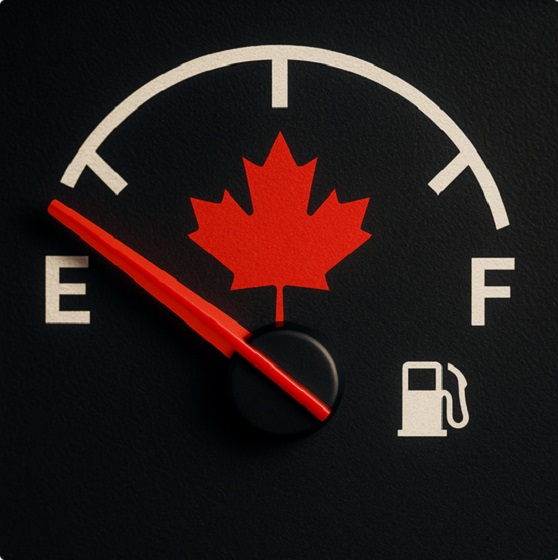
 Frontier Centre for Public Policy2 days ago
Frontier Centre for Public Policy2 days agoCanada’s Democracy Is Running On Fumes
-
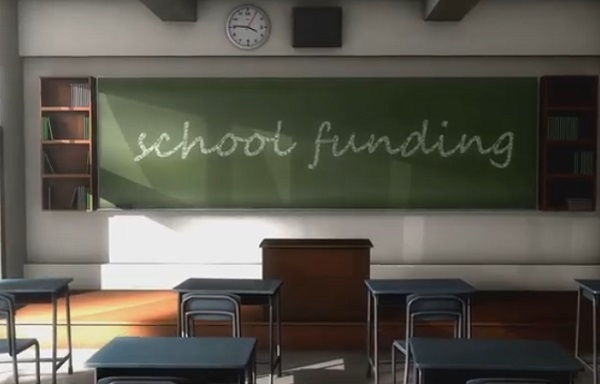
 Education2 days ago
Education2 days agoClassroom Size Isn’t The Real Issue
-

 illegal immigration1 day ago
illegal immigration1 day ago$4.5B awarded in new contracts to build Smart Wall along southwest border
-
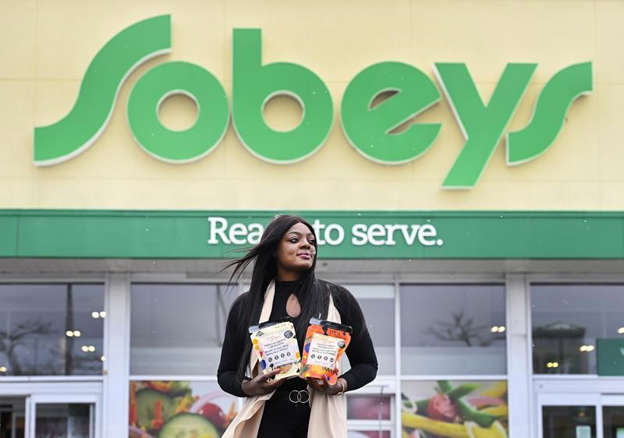
 Business2 days ago
Business2 days agoYour $350 Grocery Question: Gouging or Economics?
-
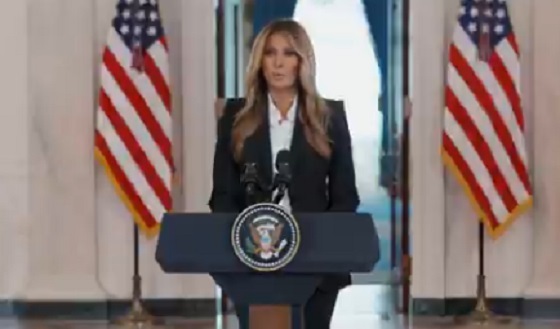
 International1 day ago
International1 day agoMelania Trump quietly reunites children divided by Ukraine war
-

 Business16 hours ago
Business16 hours agoTruckers see pay surge as ICE sweeps illegal drivers off U.S. highways
-
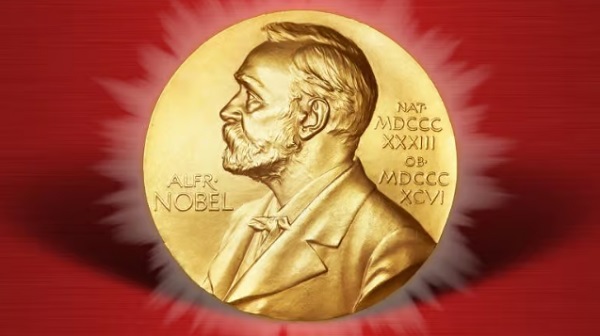
 Brownstone Institute15 hours ago
Brownstone Institute15 hours agoTrump Covets the Nobel Peace Prize








